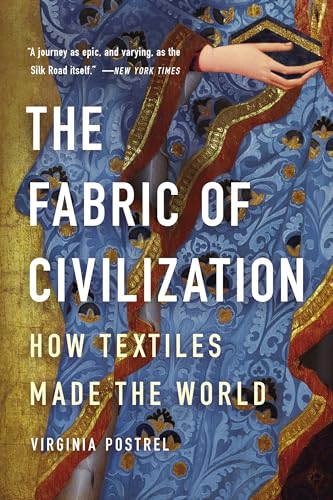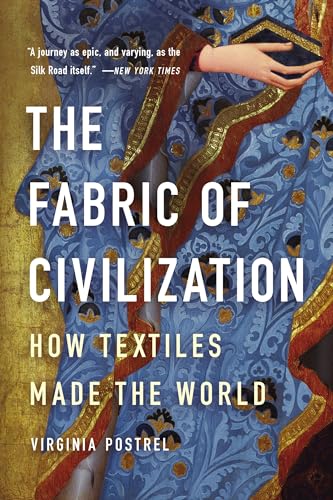Fabric of Civilization (FoC) is a comprehensive and interdisciplinary exploration of the fundamental elements that shape human society. It delves into the intricate fabric of civilization by examining various aspects such as culture, history, technology, and economics. FoC highlights the interconnectivity and interdependence of these elements in shaping the course of human progress.
Through in-depth research and analysis, FoC aims to unravel the complex tapestry of human civilization and shed light on the factors that have contributed to its development over time. It examines the threads of innovation, societal norms, and human interactions that have woven together to create the diverse cultures and societies we see today.
This project serves as a valuable resource for scholars, students, and enthusiasts interested in understanding the intricate dynamics of human civilization. By exploring the Fabric of Civilization, one gains a deeper appreciation of the rich tapestry of human history and the forces that continue to shape our world.
The Fabric of Civilization: A Closer Look at the Importance of Textiles
From the earliest days of human civilization, textiles have played a crucial role in shaping and defining our societies. Whether it’s the clothes we wear, the furniture we sit on, or the buildings we inhabit, fabric is an integral part of our daily lives.
Revolutionizing Industries and Trade
Throughout history, textiles have been at the forefront of technological advancements and economic development. The invention of the spinning wheel and the power loom during the Industrial Revolution transformed the textile industry, leading to mass production and making fabrics more accessible to the general population. This revolution not only fueled the growth of the textile trade but also played a significant role in driving the global economy.
The textile industry has historically been a major driver of international trade. Silk, cotton, and wool have been coveted commodities, and their production and trade have shaped the economies of nations. The Silk Road, which connected Europe, Asia, and Africa, facilitated the exchange of goods, ideas, and culture, with textiles being a significant part of this exchange.
Preserving Cultural Heritage and Identity
Textiles have always been intricately linked to cultural heritage and identity. Across the globe, traditional textiles are used to preserve and showcase the rich history and customs of different communities. The intricate patterns, colors, and techniques used in traditional garments not only serve as a form of artistic expression but also convey cultural narratives and identities.
Traditional textiles have become a symbol of pride and a way for communities to maintain their distinct cultural heritage. They often play a central role in festivals, ceremonies, and rituals, reinforcing the deep-rooted traditions and values of a community.
The fabric of civilization is woven with the threads of textiles. From revolutionizing industries and driving trade to preserving cultural heritage and identity, textiles continue to shape and define our world. So, the next time you put on your favorite outfit or admire a beautifully woven tapestry, take a moment to appreciate the profound impact textiles have on our lives.
Fabric of Civilization
Publisher: Basic Books (December 7, 2021)
Language: English
Paperback: 320 pages
ISBN-10: 1541617622
ISBN-13: 978-1541617629
Item Weight: 9.9 ounces
Dimensions: 5.5 x 0.8 x 8.25 inches



